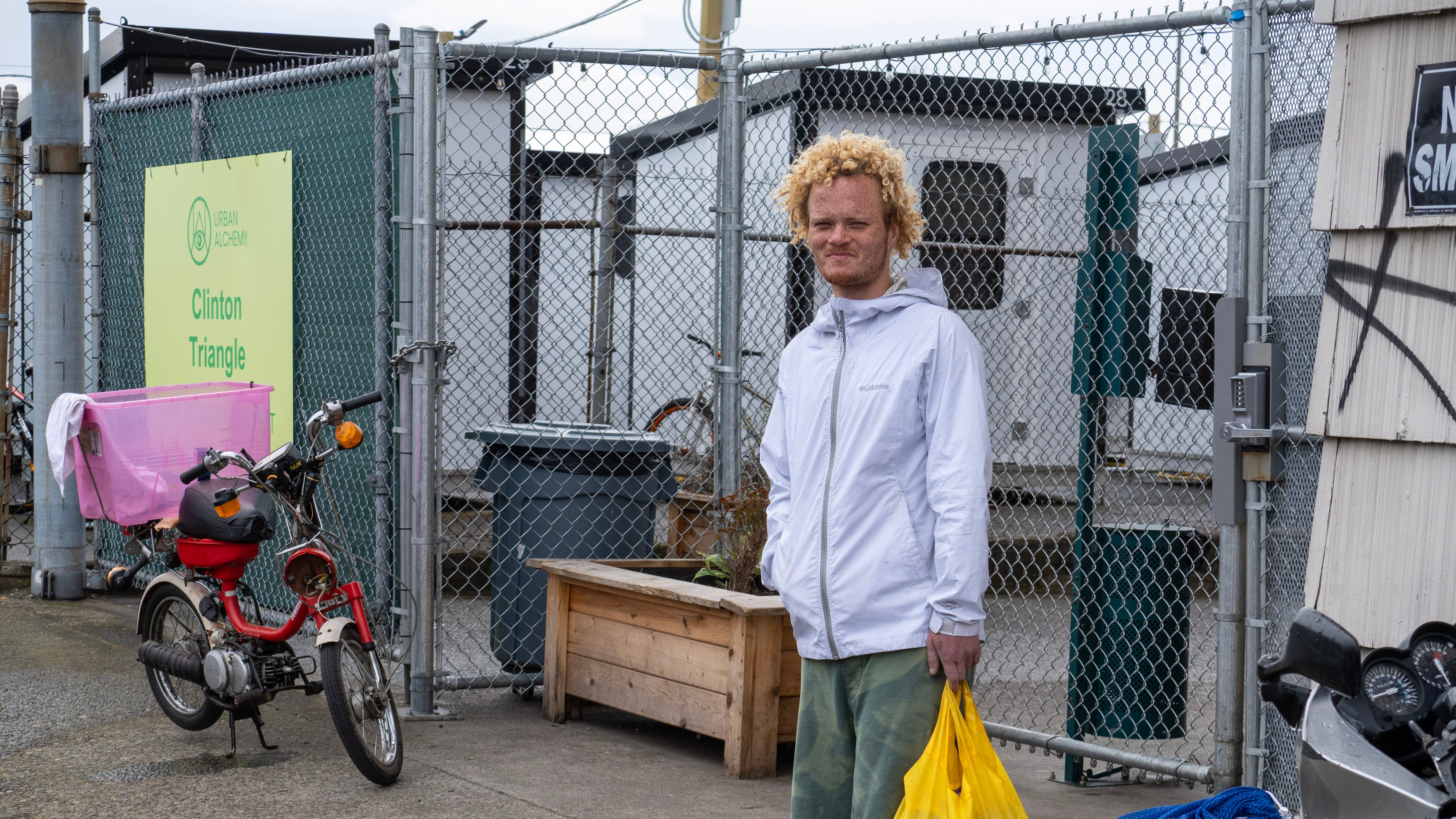The city of Portland released data last week intended to show how well its nine temporary homeless shelters buoyed by federal COVID-19 relief dollars performed over the past two years. The city added the information to a dashboard that was regularly updated each quarter over the past year to quantify the effect of shelters operated by the city.
But the dashboard, along with the new data, was taken down within 12 hours of going public due to a major inconsistency. The website showed two figures for the total number of clients served: 1,576 and 1,800—a difference of 224. (It also included two different figures for the number of clients who left shelter, although the gap was nearly imperceptible: 1,064 and 1,060, a difference of four people).
The dashboard went live again this week—and the city says the larger of the two numbers (1,800) is the correct one. “An incorrect figure for one of our shelter sites was included in the dashboard,” says Bryan Aptekar, spokesman for the City Shelter Services program. “That has been corrected now.”
But the internal inconsistency raises questions about how closely the city is watchdogging its spending of federal funds, even as city officials criticize Multnomah County for its ineffectiveness in spending homelessness dollars.
The data, produced by the City Shelter Services team, provided a number of crucial data points about the nine shelters, which include six tiny house villages, one congregate shelter, one RV park, and what’s known as a temporary alternative shelter site (a term of art for what is in effect a larger village of tiny houses).
The city’s report, which includes data between July 1, 2022, and June 30, 2024, is significant in part because each of the shelters has been operated, so far, using mostly federal COVID-19 relief dollars from the American Rescue Plan Act signed into law by President Joe Biden in March 2021.
City Shelter Services has been allocated $52.3 million in ARPA funds and, as of June 30, 2024, had spent $43.1 million of that sum. The city’s ARPA dollars must be assigned by Dec. 31, 2024, and spent by July 2025. The city has agreed to pay for the program till the end of the fiscal year in June 2025, in the event that the remaining ARPA dollars don’t last.
That means all the city’s ARPA dollars available for shelter will be spent down in the coming months. No funding exists for these shelters after June 2025. It’s possible the nine sites will be transferred to the purview of Multnomah County, which may be better able to fund them, as WW reported in June.
Even without the errors, the city’s data had limitations. For instance, the shelters are low barrier and do not require identification; that means some clients may have entered and left a shelter multiple times.
The data showed that 46% of clients who left the shelters transitioned into permanent or temporary housing situations, while 18% returned to homelessness. Another 11% of departures carried no information about the client’s destination because there was no exit interview or the client died.
The data showed certain shelters did a better job of placing people in housing than others. The Queer Affinity Village on Southwest Naito Parkway, BIPOC Village on Northeast Weidler Street, and Clinton Triangle on Southeast Gideon Street had the highest rates of transition into permanent housing: 61%, 55% and 53%, respectively.
Other shelters had less success. The Sutherland RV Park on Northeast Sutherland Avenue saw 52% of its clients transition back into homelessness.
Clinton Triangle is unique in that it had one of the highest rates of transition into permanent housing—53%—and one of the highest rates of return to homelessness; 29% of clients went back to the streets, the data showed.

